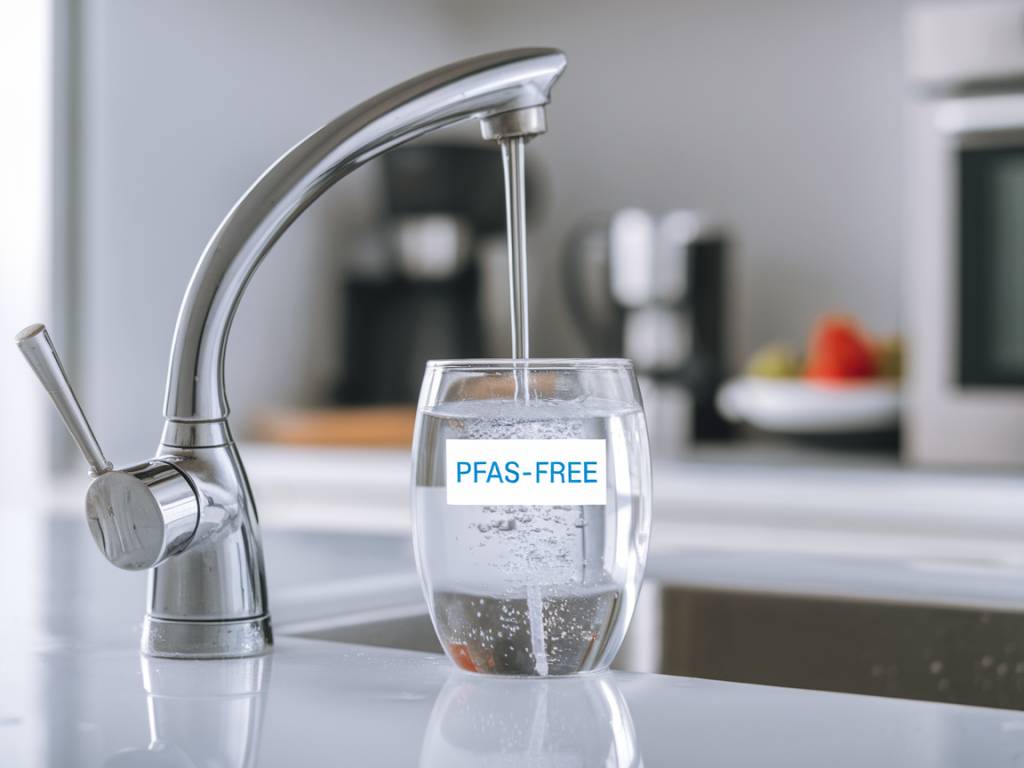Hello dear readers, Lina here! In today’s fast-paced corporate landscape, staying compliant with health regulations can seem like navigating a labyrinth. One of the hot topics currently buzzing in the health compliance world is PFAS regulations. Whether you’re a seasoned business owner or just starting out, understanding and adhering to these regulations is essential for protecting both your employees and the environment.
Understanding PFAS and Their Impact
PFAS, or per- and polyfluoroalkyl substances, have been the subject of increasing regulatory focus due to their ubiquitous presence in industrial applications and their potential health risks. Dubbed as « forever chemicals, » PFAS are known for their persistence in the environment and in human bodies, raising concerns worldwide.
As a business, why should you care? The answer is straightforward. PFAS can be found in numerous everyday products, from water-resistant textiles to firefighting foams. Their resilience means they can leach into water supplies and accumulate over time, posing long-term health risks, such as thyroid disorders and even cancer. Ensuring compliance not only safeguards public health but also protects your business from possible legal ramifications.
The Regulatory Landscape
So, what exactly does the regulatory landscape look like? Across the globe, regulatory bodies are tightening their grip on PFAS. In the United States, for instance, the Environmental Protection Agency (EPA) has proposed new drinking water standards for these substances, setting a precedent for stringent guidelines.
Similarly, the European Union is not far behind, with its own set of regulations aimed at restricting the use and production of PFAS. Keeping abreast of these evolving regulations is paramount for businesses wishing to navigate this complex terrain efficiently.
Steps to Ensure Compliance
Now, you might be wondering, « How can my business possibly stay ahead in this ever-changing environment? » Here are some practical steps to help you along your journey:
- Stay Informed: Subscribing to regulatory updates and industry newsletters can provide timely information on any changes or new developments in PFAS regulations.
- Conduct Regular Audits: Reviewing your processes and products can help identify sources of PFAS. Are they present in your manufacturing methods? Or in the raw materials you procure?
- Adopt Safer Alternatives: Whenever possible, seek out PFAS-free options. Many industries are now moving towards safer substitutes as they try to align with best practices.
- Engage External Consultants: If the jargon becomes overwhelming, consider consulting experts who specialize in environmental regulations. Their insights can be invaluable.
Leveraging Technology for Compliance
In today’s digital age, technology can be a real game-changer when it comes to regulatory compliance. Many innovative platforms offer solutions that track, analyze, and manage PFAS data seamlessly. For instance, cloud-based compliance management systems can automate tracking and reporting processes, minimizing human error and ensuring accuracy.
Furthermore, leveraging IoT (Internet of Things) sensors can provide real-time monitoring of PFAS levels in your facilities, enabling proactive measures before any compliance breaches occur. Embracing such technologies not only aids in compliance but also enhances your operational efficiency.
Creating a Culture of Compliance
Regulatory compliance is not just about adhering to laws—it’s about creating a culture that prioritizes health and safety. When employees understand the importance of PFAS compliance and are actively engaged in the process, it fosters an environment where everyone takes responsibility.
Consider implementing training sessions to educate your workforce about PFAS and the impact non-compliance can have. Encourage an open dialogue where staff feel comfortable proposing ideas or highlighting potential areas of concern. Remember, compliance is a team effort!
Looking Ahead
As regulatory bodies work to address the growing concerns around PFAS, businesses must remain vigilant and adaptable. While it may seem daunting, viewing compliance as an opportunity rather than a hurdle can lead to innovative practices that benefit both the bottom line and the planet.
The future of PFAS regulations promises to be dynamic, with potential increases in monitoring and stricter controls. By staying informed and proactive, your business not only navigates these changes but also positions itself as a leader committed to health and sustainability.
Thank you for taking this journey into the world of PFAS with me today. Here’s to a future where businesses flourish by prioritizing health and well-being!

